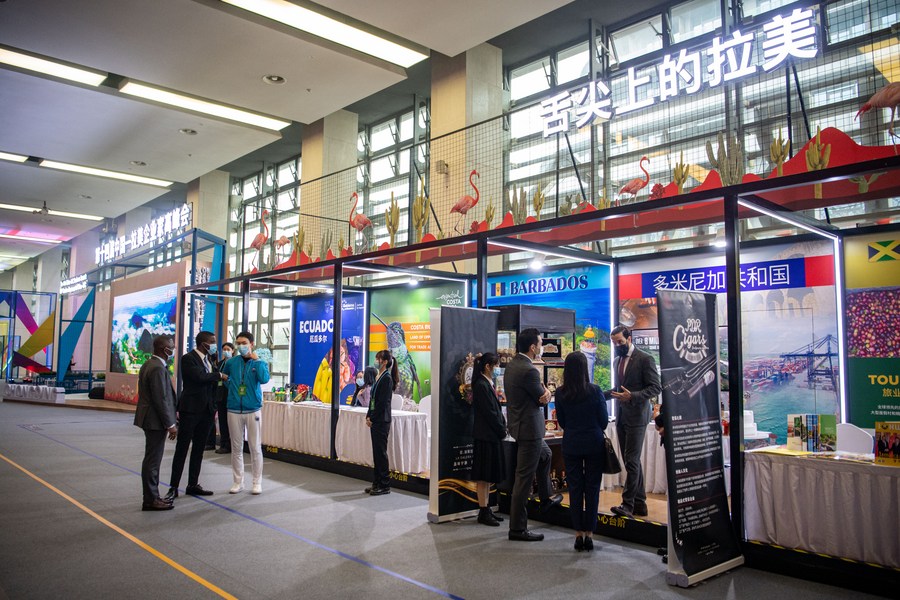China is ramping up cooperation with Latin American and Caribbean countries as it continues to expand the reach of the Belt and Road Initiative and provide support for infrastructure and development projects throughout the region.
Diego Marcos, a founding member of the Civil Association for Argentina-China Cooperation, said: “We have seen a change in the composition of investments and financing in the area. In recent years … more private companies are (investing). This is very good in terms of sustainability and long-term projection.”
Belt and Road participant countries as well as other nations in Latin America “have benefited from investment and trade relations with China. Precious metal mines, railway lines and hydroelectric power plants are among the range of Chinese-funded projects in Latin America,” Marcos said from Buenos Aires, the capital of Argentina.
Argentina is one of the member countries of Mercosur, a trade bloc in which Brazil, Paraguay and Uruguay are also members.
“China eventually wants to make (a free trade agreement) with Mercosur countries,” said Gabriel Rozman, president of the Uruguay-China Chamber of Commerce. “Brazil and Argentina are two very important markets, and in Beijing they believe that by making an FTA with Uruguay, they will encourage the others to join the treaty as well.”
China and Uruguay have been moving forward with negotiations for a free trade agreement. If the talks conclude successfully, a pact could become a reality in 2022, and would be expected to greatly benefit Uruguay’s agriculture and fishery sectors.
“Our country (Uruguay) has a population of only about 3.5 million people, but we are able to produce enough food for between 10 million and 15 million people, which we can sell to China,” said Rozman, adding that Uruguay would like to produce added value products for the Chinese market.
In a video speech to the third Ministerial Meeting of the China-CELAC Forum in early December, President Xi Jinping underlined the importance of cooperation between China and Latin American and Caribbean nations. CELAC is the Community of Latin American and Caribbean States.
Juvenal Infante, director of the Center for Asia-Pacific Studies at Sergio Arboleda University in Bogota, Colombia, said Latin America is a key region for partnership with China.
In order to feed its huge population, “helping supplier countries such as those in Latin America and the Caribbean, and helping them to build … much-needed technological and physical infrastructure to export, is part of China’s strategy,” Infante said.
Chinese customs data shows that during the first 10 months of 2021, the nation’s exports to Latin America amounted to $183.8 billion, while imports from the region stood at $185.2 billion.
In Brazil, Henrique Reis, international relations manager at China Trade Center Group, which aims to promote trade, technology and cultural cooperation between China and Brazil, said there are opportunities as well as challenges regarding trade flow. Brazil is China’s largest trade partner in the region.
“We offer what China needs, but China offers much more in terms of value to Latin America. We export low-value commodities and raw materials. It is an uneven relationship, and the real challenge is to reach the Chinese (middle-income group) with added value products,” Reis said from Sao Paulo.
Dozens of Chinese companies continue to enter and set up operations in the Latin America and Caribbean region, backed by large investments, benefiting the local people.
Source: CD
